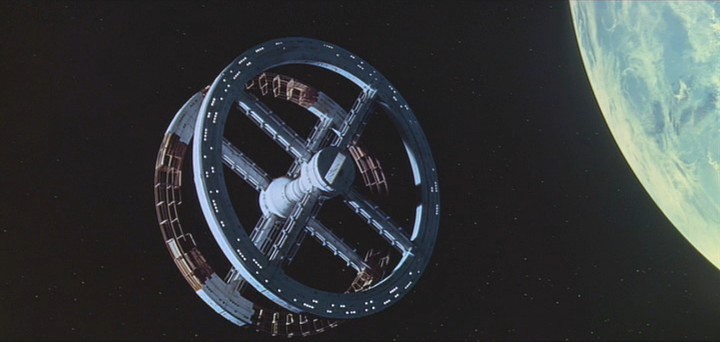HERMANN NOORDUNG WOHNRAD
|
After the war he was pensioned off by the Austrian Army as a Captain due to the tuberculosis he got in the war. He subsequently studied electrical and mechanical engineering at the University of Technology in Vienna, becoming an engineer. Inspired by the writings of Hermann Oberth on space flight by 1925 he had devoted himself to rocketry and became a specialist in that area. Hermann Oberth has been considered by many to have been the original father of modern rocketry, having designed rockets and space stations from WW1 through the 1920s. One of his rockets was featured in a popular German science fiction film, “Frau im Mond” (Woman in the Moon). The “Friede” rocket in that film was personally designed by Oberth and this led to many inspirations for German rocket development that reached viability with the Nazi regime. Noordung surely got his inspiration from Oberth.
Four years later in 1929 Noordung published a book Das Problem der Befahrung des Weltraums (roughly translated as “The Problem of Reaching Space”). In his book he devoted much of its space to his personal concept of a “Wohnrad” (Living Wheel) which could reach space and serve as an orbiting disc space station. The Wohnrad itself would have an outer diameter of 164 feet and would rotate about its axis in order to create artificial gravity in the inhabitable outer ring. This would contain strong airlocks, bulkheads, cabins, workshops, laboratories, kitchen, and bathroom… plus a circular gallery with portholes to view the Earth and stars.  But on August 29, 1929 Hermann Noordung unfortunately died in Vienna at the age of 36 from pneumonia. His work was translated into various languages and gave inspiration to Nazi Germany in particular with the VFR (Verein für Raumschiffahrt or German Rocket Society) with which both Oberth and von Braun further developed their own space flight ideas. There is no doubt that had Noordung lived during the time Austria was annexed he would have been at the center of German rocket development at Peenemünde and may have been forced to use his design for more practical war weapons as von Braun was forced to do with the V-2 rocket with plans for the ICBM A-9/A-10. Noordung’s circular solar wheel could have been adapted into one of the various SS Technical Branch disc projects with perhaps spectacular results. The Nazis through Noordung might have allowed Germany to be the first nation to deploy geo-synchronous satellites around the world as well as the highly impractical Sonnenlinse (a bizarre experimental solar blinding device that was captured by US forces in testing stage in 1945). But it wasn’t meant to be.
The Wohnrad concept may have inspired von Braun’s 1945 and 1952 space stations promoted by Stanley Kubrick’s movie “2001: A Space Odyssey” but the disc space station has yet to be built as mankind still clings to wasteful rocketry and modular stations of limited durability.
|

Artist impression of Wohnrad with space mirrors deployed
Space Station V from movie "2001: A Space Odyssey"











